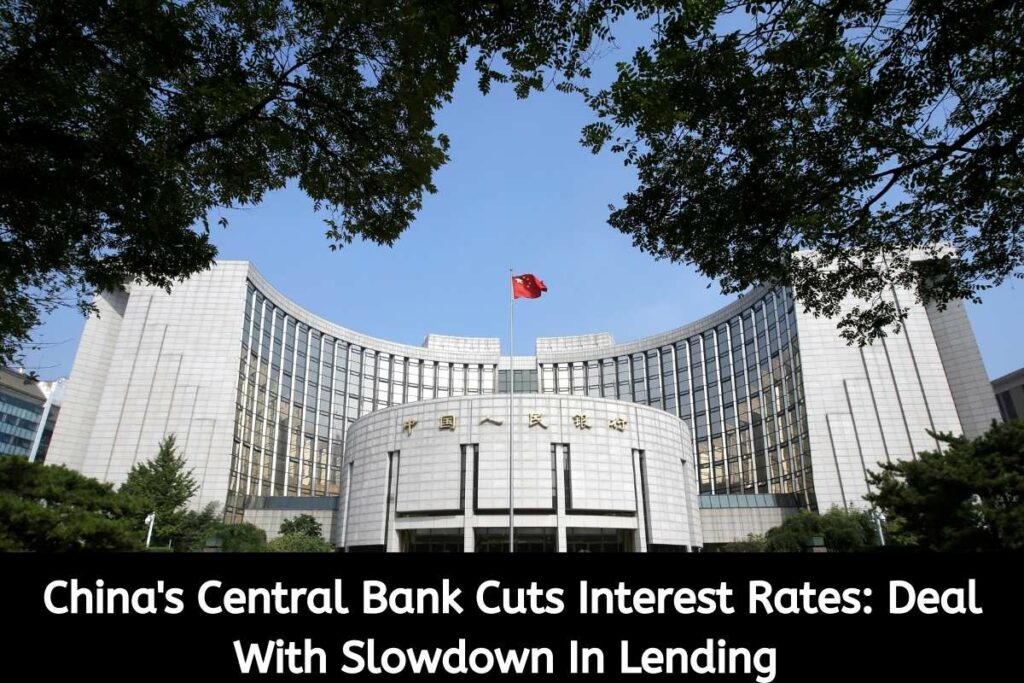The People’s Bank of China cut its key reference rates on January 17, the same day the National Bureau of Statistics issued its December economic data. Rates for the medium-term lending facility (MLF) programme and the reverse repo rate utilised in open market operations were both lowered by 10 basis points. In order to prevent a collapse in lending, as well as to support economic growth and stability, the PBoC declared it will utilise its monetary toolbox more frequently this year.
Also have a look at
- Will There Be A ‘Candy’ Season 2 on Hulu? (Latest News)
- Apple 27-inch iMac 2022 – News, Rumors, and Conjecture
Throughout 2021, the increase of the bank loan stock slowed. Although the bank reserve requirements had already been reduced in December (BOFIT Weekly 50/2021), these rate reductions marked the first since the covid crisis hit China in the spring of 2020. The 1-week and 2-week reverse repo rates decreased to 2.1% and 2.25%, respectively. The MLF programme of the central bank offers commercial banks financing in exchange for security. The MLF rate for one year was decreased to 2.85%.
MLF lending increased by 700 billion yuan in January, outpacing maturing MLF loans by 500 billion yuan. In preparation for higher money demand during the Chinese Lunar New Year, the central bank routinely increases liquidity. The seven-day holiday starts on January 31 this year. Additionally, the reference loan prime rate (LPR) was decreased. The one-year LPR was previously reduced by five basis points in December and by an additional 10 basis points in January, bringing it to its present level of 3.7%.
The reference rate for home loans, the 5-year LPR, was reduced by five basis points to 4.6% in January. The government wants to boost the housing credit market, but is unwilling to offer greater stimulus to the deeply leveraged real estate sector, according to the very slight cut. Bond yields also reflect the decline in monetary policy rates. The price of a one-year government bond is currently 2%, and the average price for corporate bonds with AAA ratings is at 2.5%. A flexible monetary policy is not limited by the existing, mild inflation.
From 2.3% in November to just 1.5% in December, consumer price inflation fell. Producer price inflation was at 10.3% in December despite producer price acceleration slowing. Consumer prices only increased by 0.9% overall in 2021, far less than the 3% objective ceiling established for the previous year. Bank loan growth decreased from 12.5% in 2020 to 11.3% last year. The rate of increase was lower than the nominal GDP growth in 2021 of 12.8%.
Also have a look at
- What Was Rebecca Balding Cause of Death? LATEST NEWS 2022
- ‘Hocus Pocus 2’ Trailer: The Sanderson Sisters Are Back Again (Latest News)
The stock of household credit, which primarily consists of mortgage loans, experienced slower growth than the stock of corporate loans. Broadly speaking, aggregate finance to the real economy (AFRE), as measured by the PBoC, rose by 10.3% last year, down from 13.3% in 2020. Corporate bond stock growth significantly slowed down, while the stock of instruments used in the shadow banking sector rapidly shrunk. The AFRE metric for the PBoC was 275% of GDP at year’s end, down 6 percentage points from the previous year.
For more news like this stay tuned with newsconduct.com

